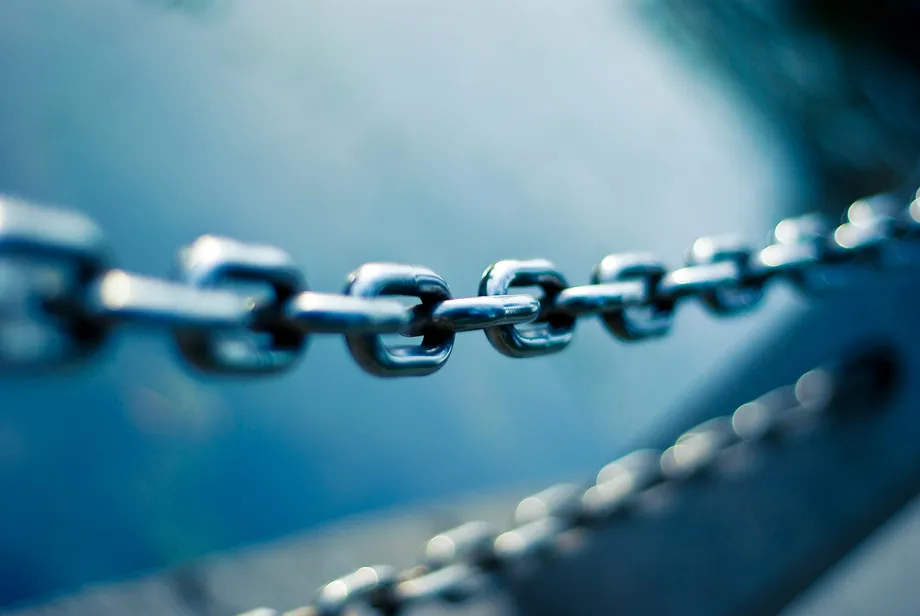
The Power of Internal Linking for SEO: What It Is and How It Can Benefit Your Website
- Optimal Pros
- May 3, 2023
- 02 Mins read
- SEO , Website , Online Presence
Search engine optimization (SEO) is critical for improving your website’s visibility and driving traffic to your business. While most businesses focus on external links, internal linking can be just as important for SEO. In this blog post, we’ll explore what internal linking is and how it can benefit your website.
What Is Internal Linking?
Internal linking refers to the practice of linking one page on your website to another page on the same website. These links can be in the form of text, images, or buttons. Internal links help to establish the hierarchy and structure of your website, making it easier for users and search engines to navigate.
How Can Internal Linking Benefit Your Website?
- Improves User Experience: Internal linking can improve user experience by making it easier for visitors to navigate your website. By linking to relevant pages within your website, users can find more information on a particular topic without having to leave your site.
- Helps Search Engines Understand Your Website: Internal linking also helps search engines understand the structure and hierarchy of your website. By linking to important pages within your website, you signal to search engines that these pages are important and should be given more weight in search results.
- Distributes Page Authority: Internal linking can help distribute page authority throughout your website. Pages with higher authority can pass on some of that authority to other pages on your site through internal links. This can help improve the ranking of those pages in search results.
- Increases Pageviews: Internal linking can also increase the number of pageviews on your website. By linking to related pages, you encourage visitors to explore more of your website, leading to more engagement and potentially more conversions.
Best Practices for Internal Linking
- Use Descriptive Anchor Text: When creating internal links, use descriptive anchor text that accurately describes the content of the linked page. This helps users and search engines understand the context of the link.
- Link to Relevant Pages: Only link to relevant pages that provide additional value to users. Avoid linking to pages solely for internal linking.
- Use a Logical Structure: Create a logical structure for your internal links that reflect the hierarchy and organization of your website.
Conclusion: Internal linking is a powerful tool for SEO that can benefit your website in numerous ways. By improving user experience, helping search engines understand your website, distributing page authority, and increasing page views, internal linking can help improve the visibility and success of your business online. At Optimal Pros, we have the expertise to help you create an effective internal linking strategy that will improve your website’s SEO and drive more traffic to your business. Contact us today to learn more about our SEO services.